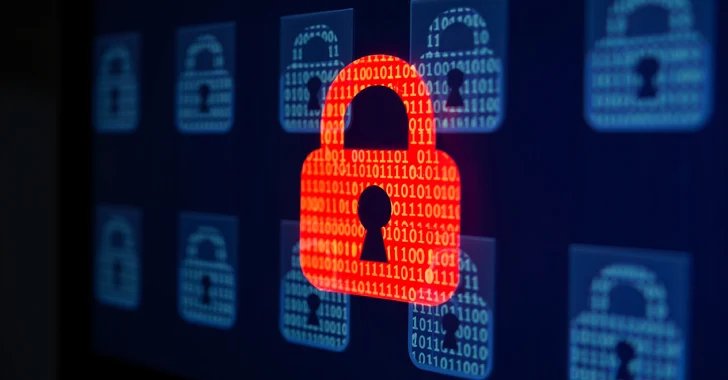Essential Insights
- Cybersecurity experts uncovered the exploitation of a now-patched Windows vulnerability (CVE-2025-29824) by threat actors using the PipeMagic backdoor in RansomExx ransomware campaigns targeting organizations in Saudi Arabia and Brazil.
- PipeMagic is modular malware leveraging cloud-hosted components, generating random named pipes for encrypted communication, and capable of executing commands via a backdoor with multiple modules for file management and payload injection.
- Attackers exploited previous flaws (CVE-2017-0144) and employed tactics like fake ChatGPT apps and DLL hijacking to deliver and activate PipeMagic, demonstrating ongoing development and adaptation of malware capabilities.
- Active since 2022, version upgrades in 2025 focus on enhanced persistence and lateral movement, including tools like ProcDump (renamed dllhost.exe) to exfiltrate memory, signifying persistent threat evolution.
Problem Explained
Cybersecurity experts have uncovered how malicious actors exploited a previously patched vulnerability in Microsoft Windows to facilitate attacks involving the PipeMagic malware, which was used in RansomExx ransomware campaigns. These attacks specifically targeted industrial organizations across Southeast Asia, Saudi Arabia, and Brazil, exploiting the Windows Common Log File System (CLFS) flaw identified as CVE-2025-29824—patched by Microsoft in April 2025—to escalate privileges and deploy the backdoor malware PipeMagic. This malware, first documented in 2022, serves as a versatile tool for remote access, command execution, and lateral movement within infected networks, often relying on sophisticated techniques such as domain-based staging, DLL hijacking, and encrypted payloads. The reports, authored by researchers from Kaspersky and BI.ZONE, reveal that the threat actor, linked to Microsoft’s tracked group Storm-2460, continuously evolves PipeMagic’s capabilities to enhance persistence and mobility, indicating a persistent threat that actively compromises critical infrastructure and enterprise systems.
Security Implications
Cyber risks are escalating with sophisticated malware like PipeMagic, exploited via critical vulnerabilities such as CVE-2025-29824 in Windows, which allow attackers to escalate privileges and deploy ransomware like RansomExx. These threats often utilize backdoors, domain-hopping modules, and fileless techniques—like DLL hijacking and encrypted payloads—to infiltrate systems, persist undetected, and move laterally within networks. The impact is substantial: operational disruptions, data theft, financial losses, and compromised industrial infrastructure, especially in targeted regions like Saudi Arabia and Brazil. As threat actors continuously enhance malware capabilities, organizations must prioritize patch management, network segmentation, and behavioral monitoring to mitigate these evolving dangers.
Possible Remediation Steps
Addressing the vulnerability promptly is crucial to prevent malicious actors from exploiting Windows systems and deploying harmful malware like PipeMagic RansomExx. Swift remediation not only minimizes the risk of data breaches and financial losses but also safeguards organizational integrity and reputation.
Mitigation Steps:
- Update Windows OS and software to latest security patches
- Disable or restrict unused network ports and services
- Implement robust firewall rules and intrusion detection systems
- Enforce strict access controls and multi-factor authentication
- Conduct thorough security audits and vulnerability assessments
Remediation Steps:
- Isolate affected systems to prevent lateral spread
- Remove malicious files and artifacts associated with PipeMagic RansomExx
- Restore systems from secure backups if necessary
- Conduct root cause analysis to understand exploit vector
- Educate staff on security best practices to prevent future attacks
Advance Your Cyber Knowledge
Explore career growth and education via Careers & Learning, or dive into Compliance essentials.
Understand foundational security frameworks via NIST CSF on Wikipedia.
Disclaimer: The information provided may not always be accurate or up to date. Please do your own research, as the cybersecurity landscape evolves rapidly. Intended for secondary references purposes only.
Cyberattacks-V1

